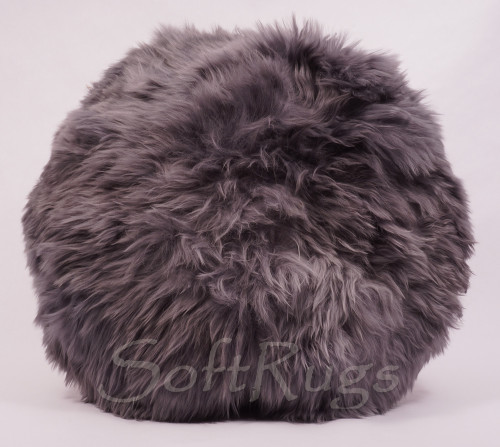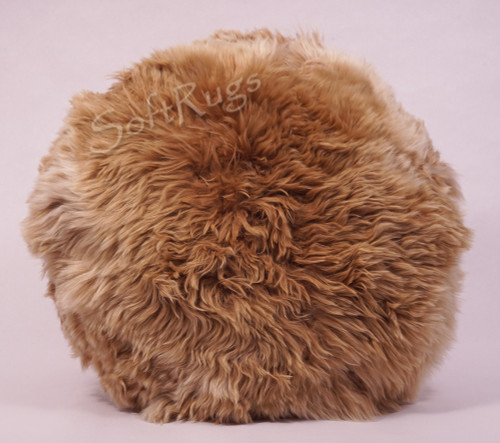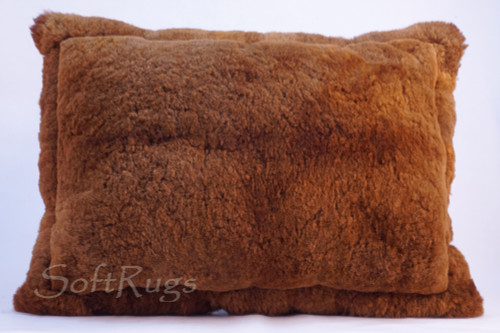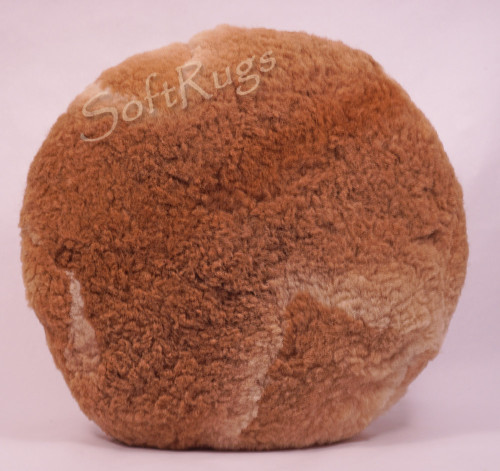 Loading... Please wait...
Loading... Please wait...

New Products
-
$70.00

-
$70.00

-
$70.00

-
$70.00

-
$70.00

- Home
- About Alpaca
- Alpaca: A Natural Alternative for Decorating your Home, Lodge or Executive Suite
Alpaca: A Natural Alternative for Decorating your Home, Lodge or Executive Suite
| |
While hunting for decorating ideas, you may have heard about alpaca rugs and other home decor items made from alpaca, but still be unsure of what they are, or how they can be used. In this article, I will try to explain alpaca, and discuss the wonderful qualities and value it represents for people decorating their home, lodge or executive suite.
First of all, and to clear up any confusion, the word “alpaca” is used to refer not only to the animal, but also its wool, and its pelt. The wool is used to make clothing, while the pelts are used for a variety of quality home décor items such as rugs, throws, and wall hangings. As I will explain, the special qualities of alpaca make it highly desirable for these uses.
Alpacas are native to the alpine meadows, marshes, and grasslands of the high Andes of South America. Herds of alpaca graze almost wild there, on high plateaus thousands of feet above sea level. To survive in this harsh environment, the alpaca have evolved coats of incredible warmth and lightness. Alpaca's roots go back five or six thousand years, to when they were first bred (it is believed) from the wild vicuna for wool production. In their native countries, alpaca images can be found in cave paintings, on ceramics, jewelry, and carved in stone for ritual and decorative objects. In Peru, alpaca is considered a natural wealth, related in a very intimate way to its history and economy.
For most of known history alpaca have been herded by the Native Americans inhabiting the highlands of what is now Peru, Chile, and Bolivia. More famously, they were a pillar of the ancient Incan civilization, where alpacas were not only prized, but were 100% owned by the Incan government. Their fine, lustrous hair was woven into robes used by Inca royalty. The fleece was in fact, so revered that possession by commoners was considered a capital crime, and punishment for this crime could include death. Luckily, government attitudes have liberalized since then, and alpaca products are now widely available -- even to commoners!
So why all the excitement about alpaca? Turns out, alpaca is really something special. For one thing, alpaca wool is three times stronger and seven times warmer than even Merino sheep’s wool. Raised at high altitudes in freezing cold, the alpaca has developed more thermal capacity in its fiber than almost any other animal, creating garments that offer featherweight warmth. Its fibers contain tiny curls that give it a soft cushiony feel and provide air pockets that create insulation and warmth. In addition, alpaca is naturally fire-retardant and since, unlike wool it contains no lanolin or other oils, it’s hypoallergenic. Dust mites don’t like it, so they and their associated allergens stay away too. This lack of oils keeps dirt from sticking as well, so clothes and rugs, throws, and bedspreads made from alpaca stay cleaner.
Alpaca wool is ranked amongst the finest fibers by the fashion industry; alongside silk, mohair, and angora. It occurs naturally in an amazing variety of 22 different colors; from white, silver, creams, and ivories, to many browns, reds, grays, and total black. Alpaca fibers are straighter than sheep’s wool, not scratchy, and extremely rich and silky, with a fine luster. In fact, alpaca has a slippery, silky look and feel to put even fine cashmere to shame. Its combination of lightness, softness and warmth makes an alpaca rug, throw or bedspread a cloud-soft experience. And the strength of fine alpaca means that items made from it will remain an eye-attracting pleasure. The alpaca was almost wiped out, along with their herdsmen by the Spanish Conquest. Today however there are almost three million alpaca in South America, with 85% of that number in Peru. Rather than a beast of burden, the alpaca is raised primarily for its wool, meat and milk. Like sheep, they are sheared once per year to make sweaters and other garments. At a certain point, they are harvested as a food source and the pelt is used to make rugs, teddy bears, pillows, etc. The pelt is also salvaged when an alpaca fails to survive the harsh Andean winter or suffers an accident. So alpacas are not raised solely for their pelt as are mink, etc. The entire animal is used, as with sheep. The money derived from pelt sales is an important supplement to the income of the people in these regions.
The alpaca’s varied color palette is skillfully wielded by native artisans to create dramatic designs, both abstract and realistic to suit a wide variety of tastes and decorative motifs. Completely natural and handmade, no two products made from alpaca pelts are exactly alike. Check out 100% natural alpaca and explore the decorating possibilities!
~SoftRugs.com~




